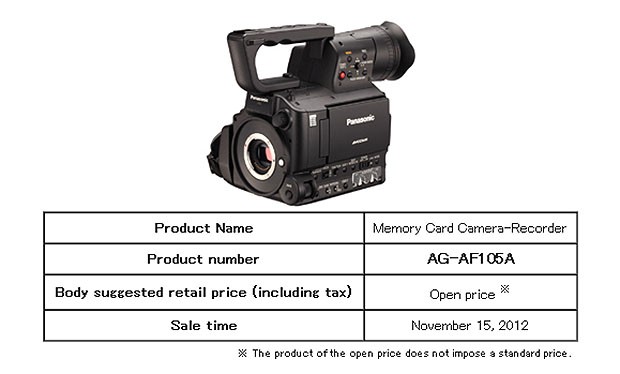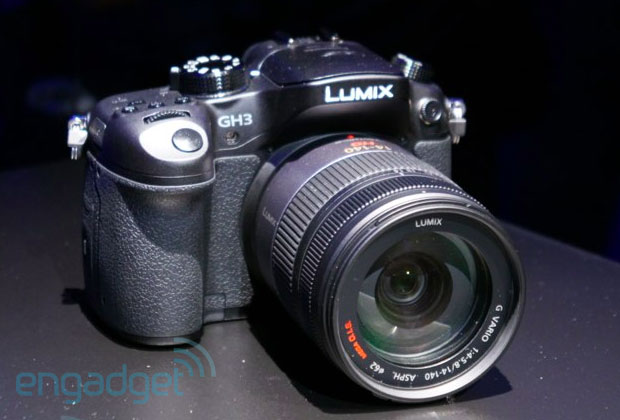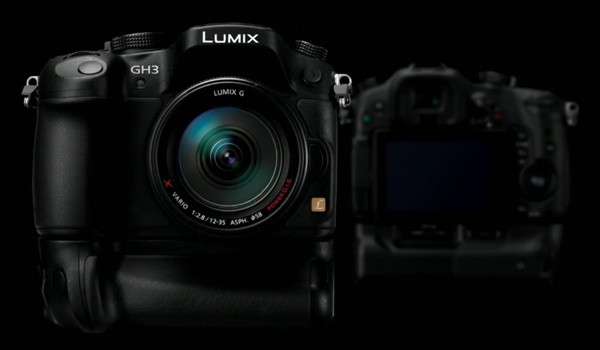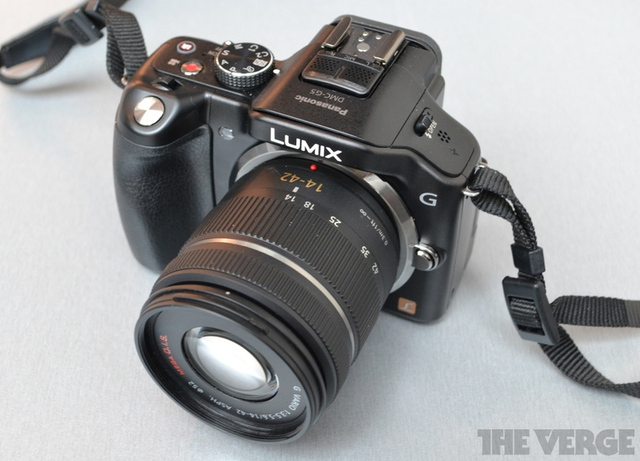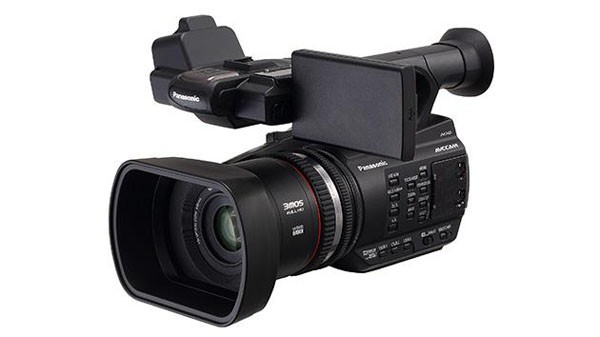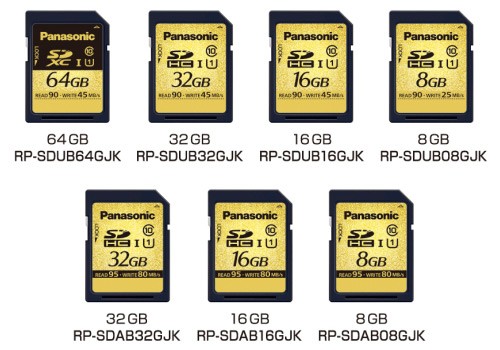 The New Year saw Panasonic UK Systems Group unveil the ‘Classroom of the Future’ at BETT 2010, the world’s largest ICT and education technology event. Despite the snow, the Panasonic stand was a buzz of activity for the entire show, with attendees intrigued by a groundbreaking array of technology solutions aimed to help deliver a better primary, secondary and further education.
The New Year saw Panasonic UK Systems Group unveil the ‘Classroom of the Future’ at BETT 2010, the world’s largest ICT and education technology event. Despite the snow, the Panasonic stand was a buzz of activity for the entire show, with attendees intrigued by a groundbreaking array of technology solutions aimed to help deliver a better primary, secondary and further education.
Cutting Edge Education Technologies Exhibited for the First Time
Within the Classroom of the Future there were three product debuts, including the UB-T880 elite Multitouch Interactive Whiteboard with the integrated PT-ST10E short throw projector solution, a High Definition Visual Communication System and a Gesture Recognition Technology Demonstration.
The UB-T880 enables teachers to allow up to three students to interact with multimedia content from the integrated Easiteach software, making for a more exciting and engaging lesson. The demonstration of the UB-T880 whipped up a frenzy of interest amongst the shows estimated twenty nine thousand visiting education professionals, perhaps for one reason because of its ability to stand up to classroom wear and tear which was demonstrated by Panasonic staff.
Certainly UB-T880’s wondrously responsive touch sensitive interface also pulled the crowds to the Panasonic stand; “What distinguishes Panasonic from other suppliers is our insight into future technology that will be released and our willingness to listen to education professionals and offer them the best technology solutions that serve them. This is a basic principle we applied when designing and developing the UB-T880” said Brennan Peyton, General Manager at Panasonic Systems Networks Europe.
The Classroom of the Future
Anyone fortunate enough to visit the Panasonic stand this year will have had the chance to see how they could improve their learning establishment with the cutting edge Panasonic technology solutions on show. Demonstrations of tools such as gesture recognition, a system that recognises student’s faces and raised hands allowing teachers to profile classroom response and instantly monitor pupil attention levels was one of the highlights. Education professionals were also interested in the systems future potential to automatically carry out pupil registrations.
Groups of establishments could also benefit from cost and efficiency the HD Visual Communication System which enables high definition audio and visual information exchanges between two universities or schools anywhere in the world. The system allows lectures to be broadcast via the internet in lag free, in full high definition even if they are as far apart as Ulverston and UAE, for universities seeking to add value and attract students through specialist lecturers the system could prove invaluable in minimising the total cost of hiring specialist lecturers as costs can be split between sites.
With every possible technological need on show at the stand from Toughbook mobile computing solutions to the ever-present and ever reliable, landline phone systems, multifunction printers and projectors, Panasonic demonstrated their capability to provide every educational establishment in the country with the technology to make them top of the class.
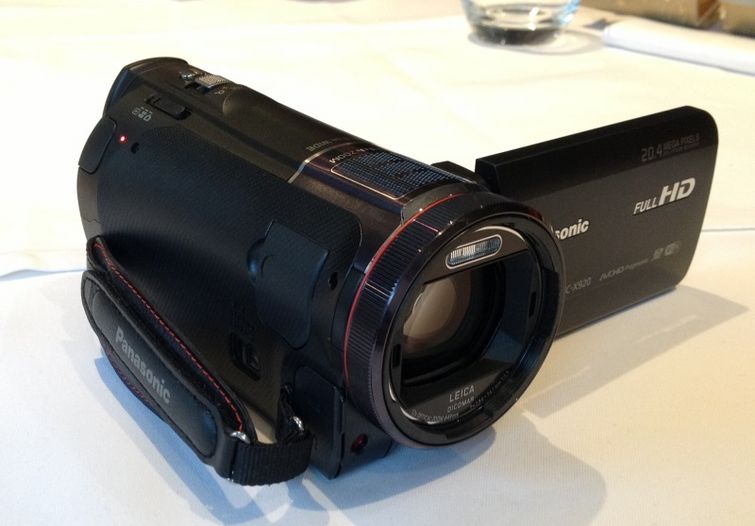 Panasonic's new flagship consumer camcorder for 2013 looks very much like Panasonic flagship consumer camcorder for 2012. Don't be fooled by its appearance though as the Panasonic HC-X920 has three major upgrades over last year's Panasonic HC-X900.
Panasonic's new flagship consumer camcorder for 2013 looks very much like Panasonic flagship consumer camcorder for 2012. Don't be fooled by its appearance though as the Panasonic HC-X920 has three major upgrades over last year's Panasonic HC-X900.

